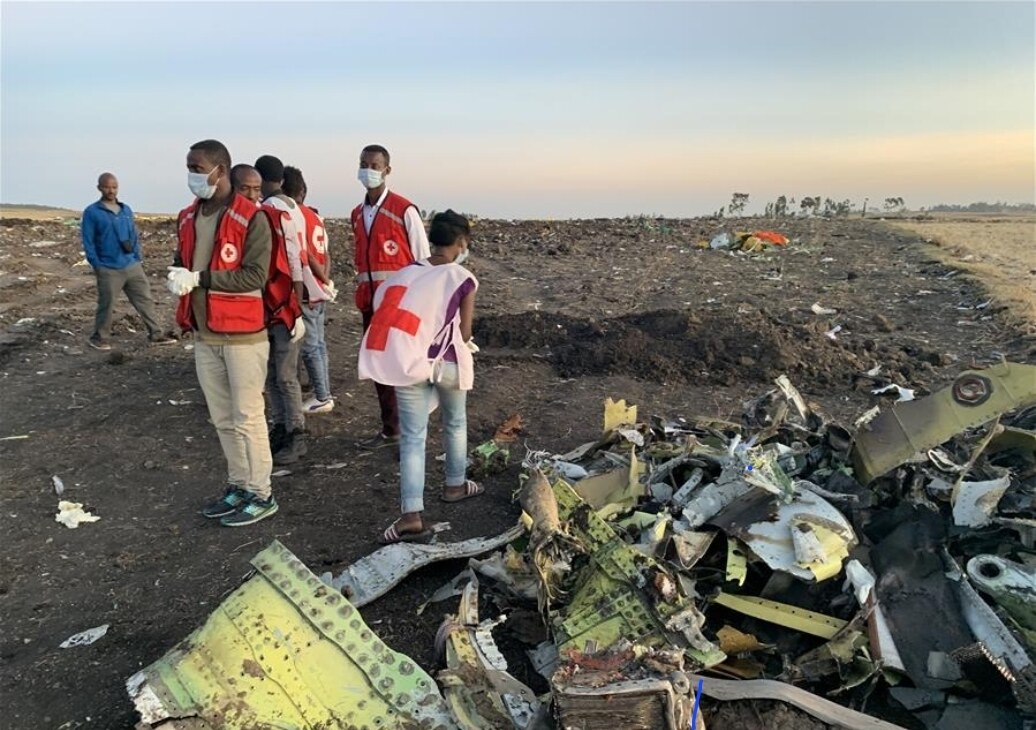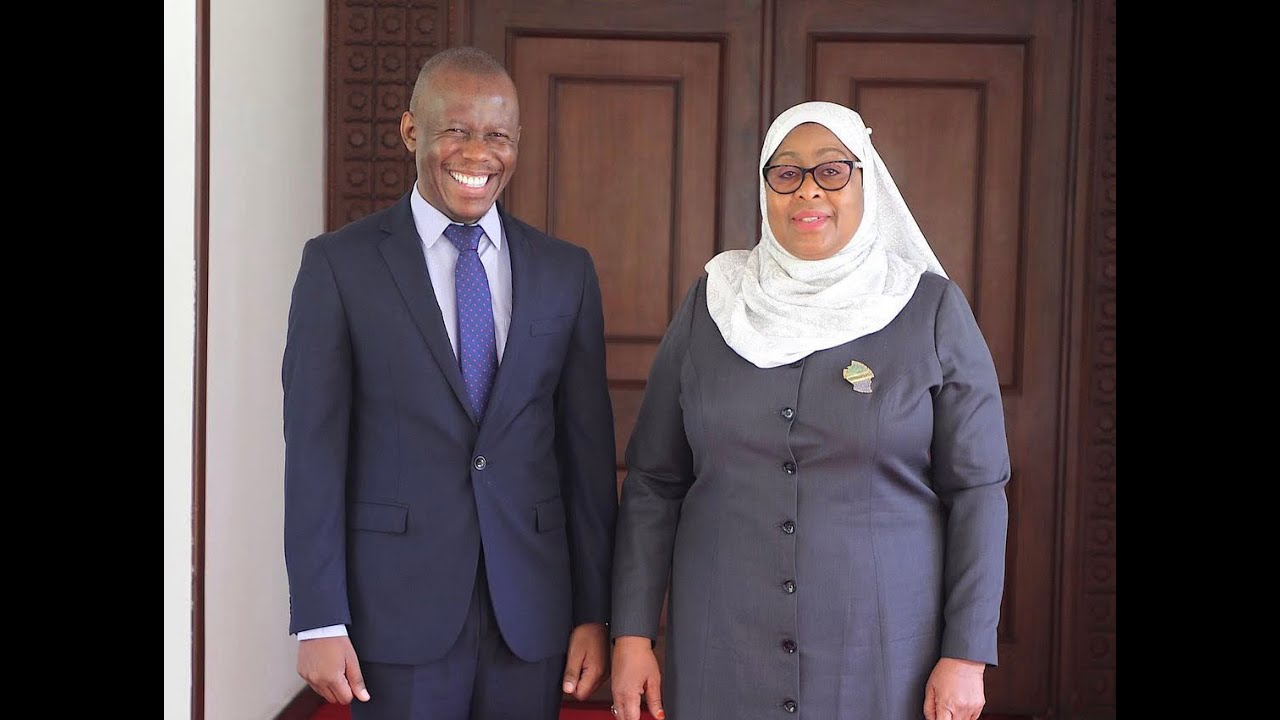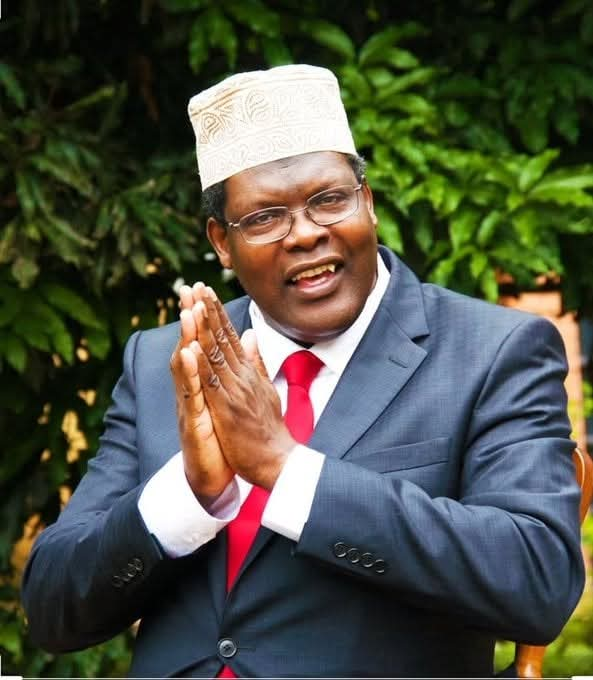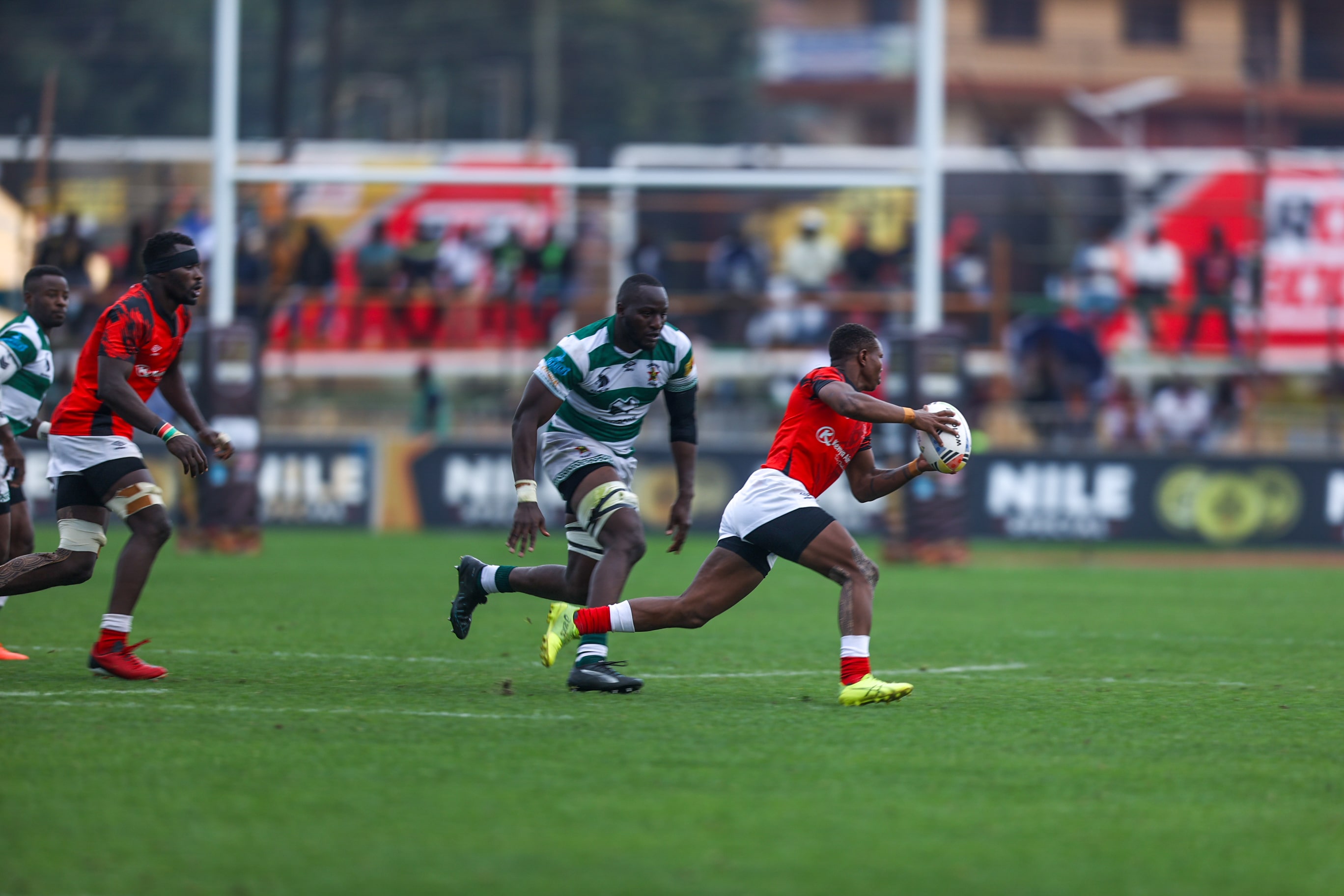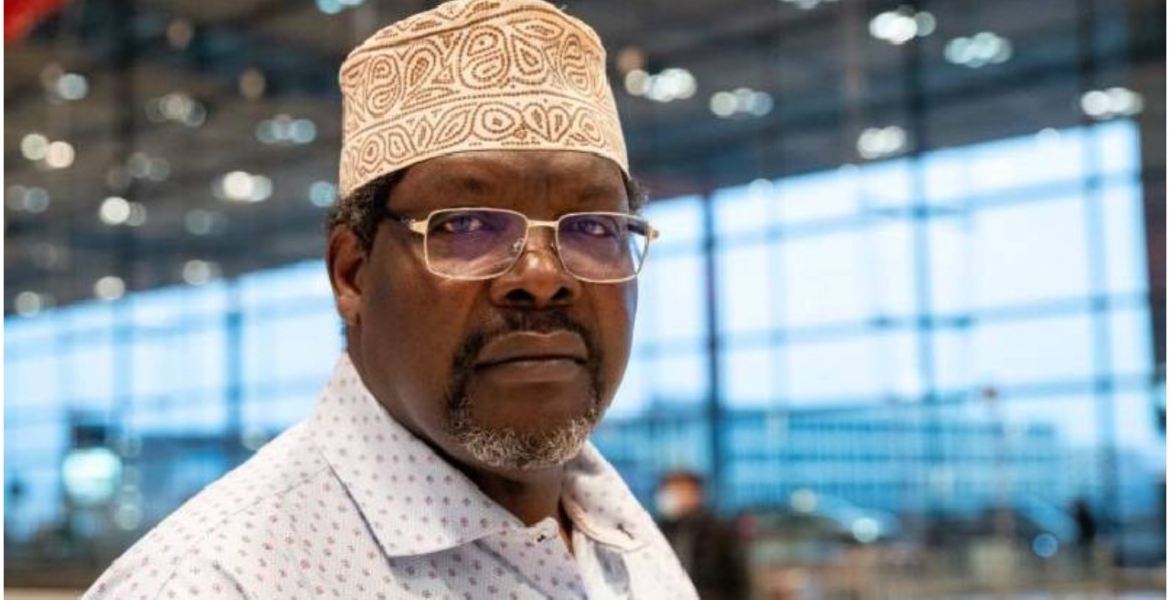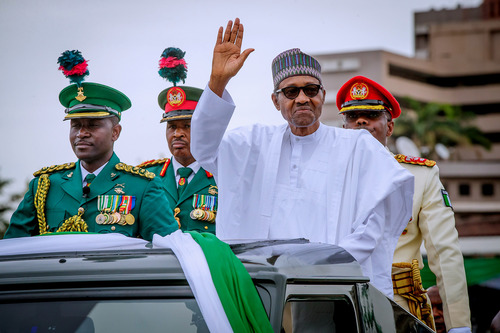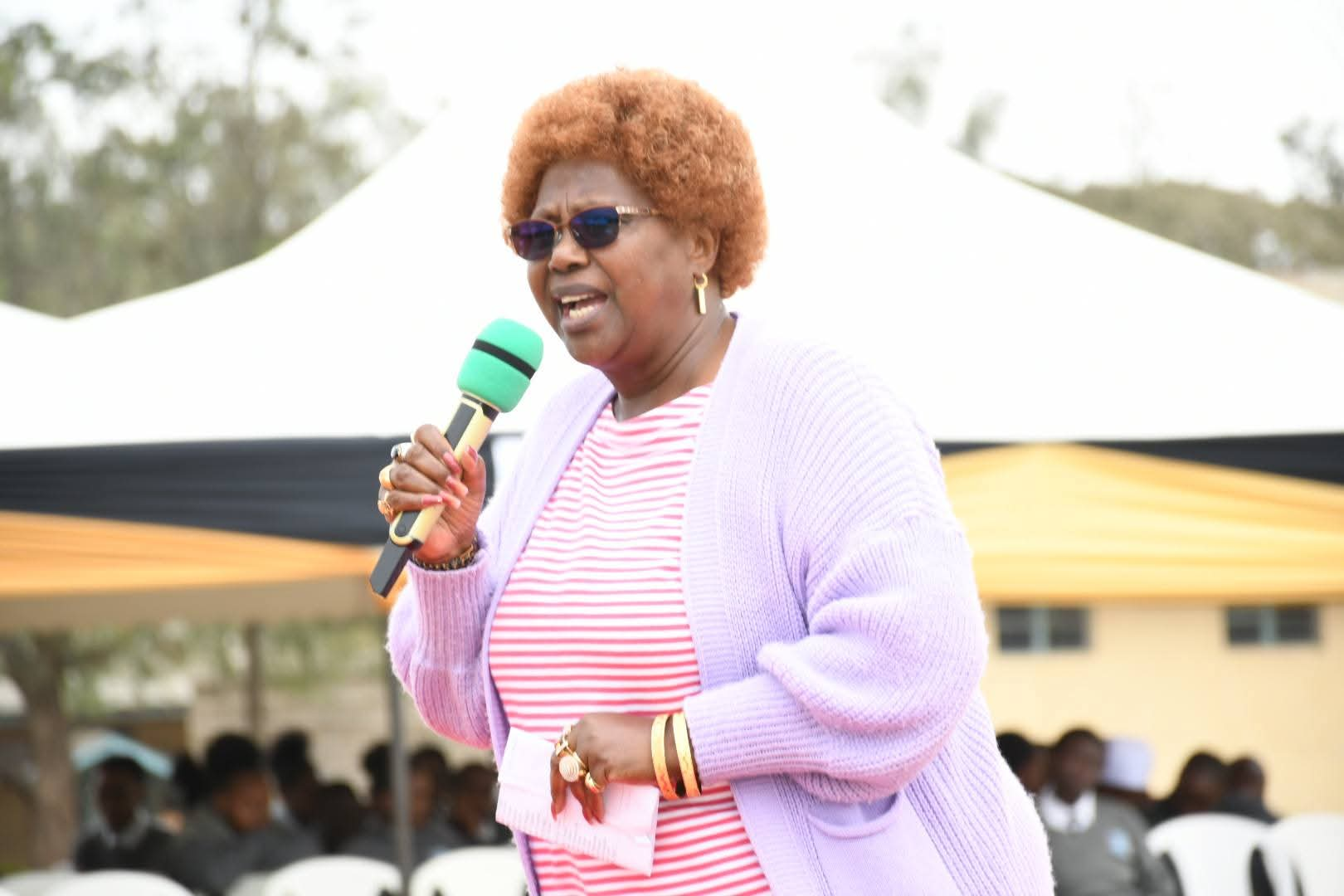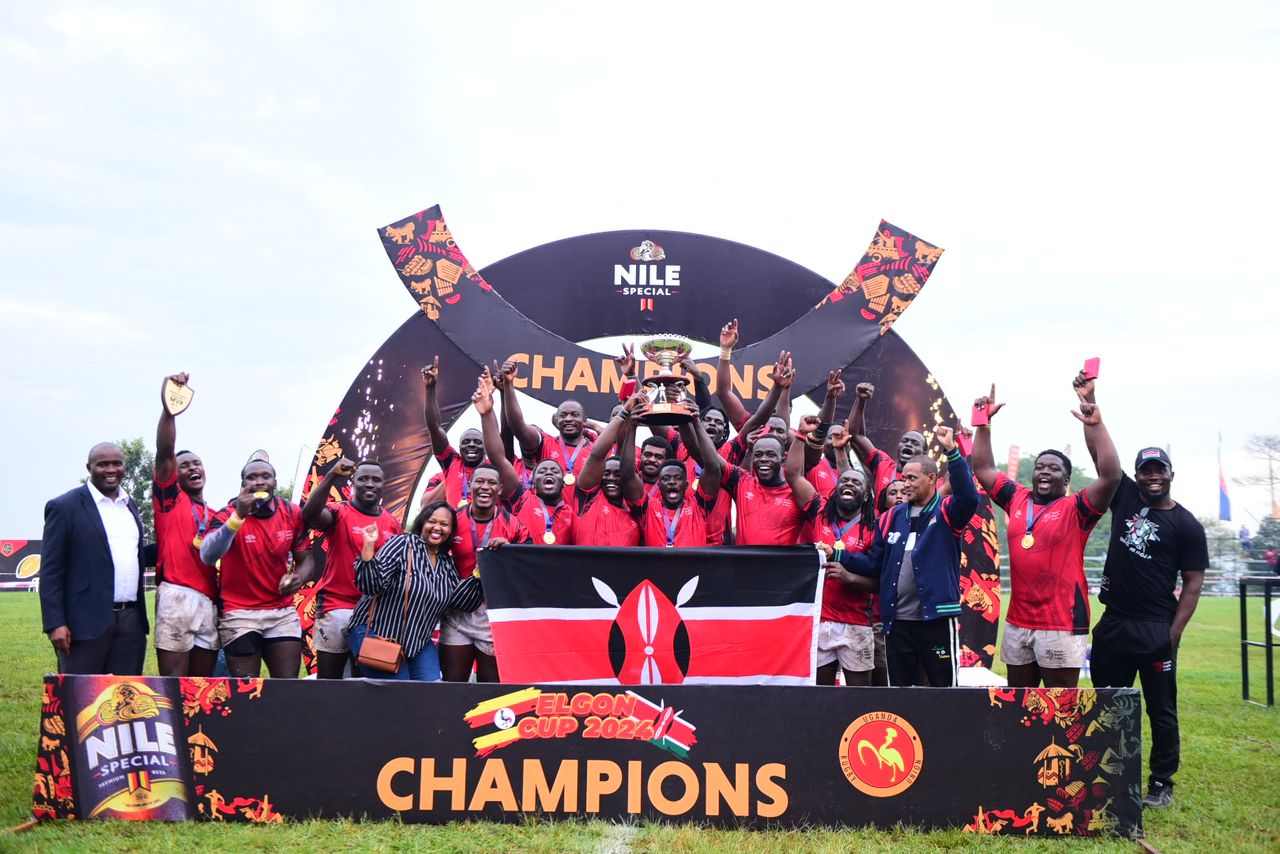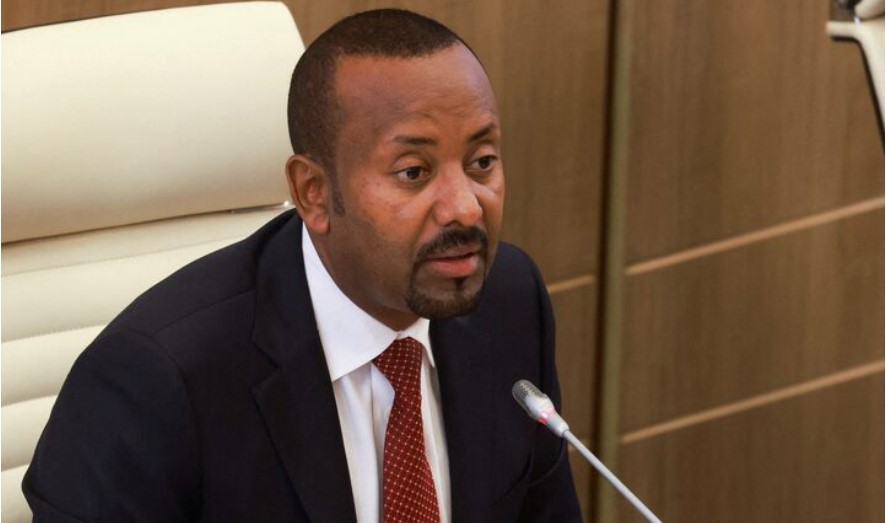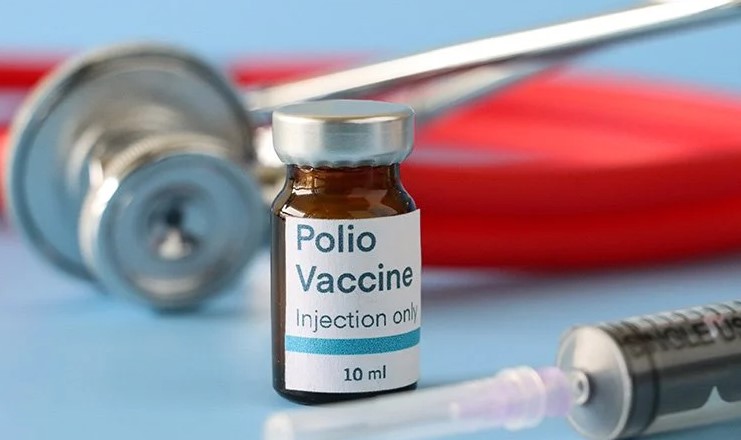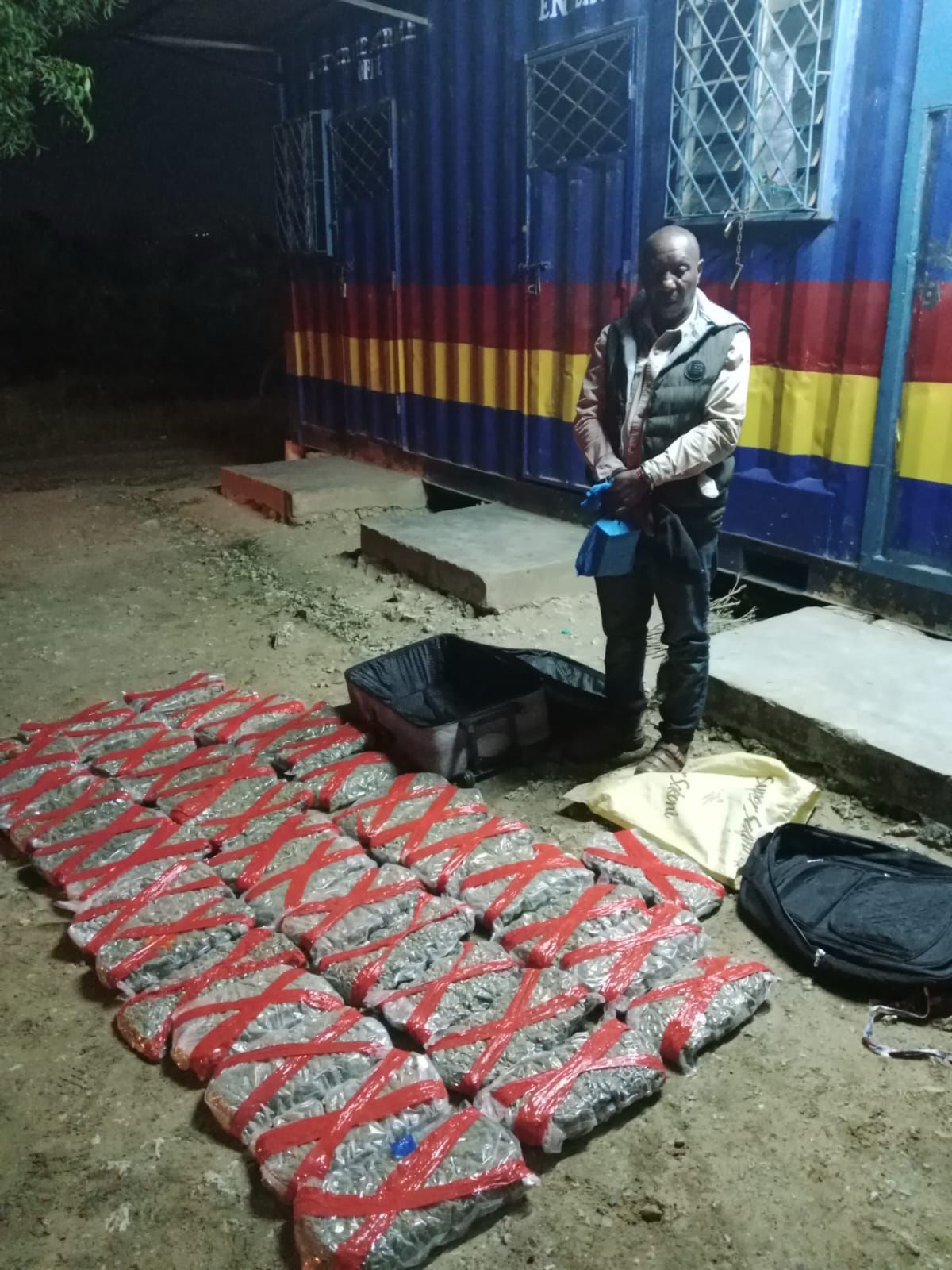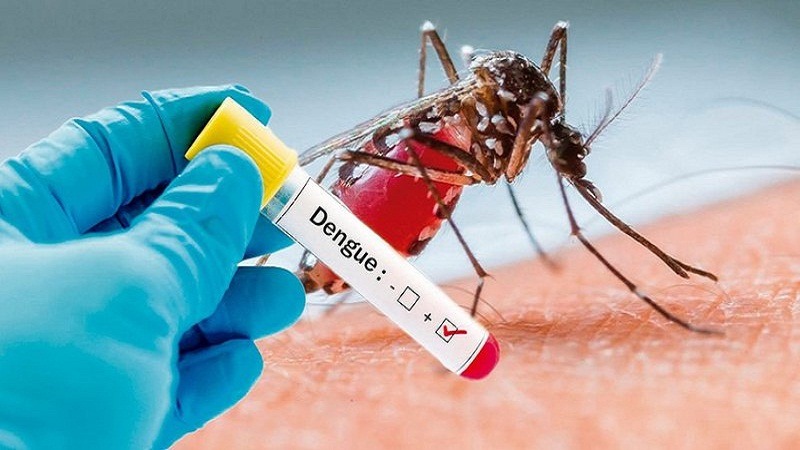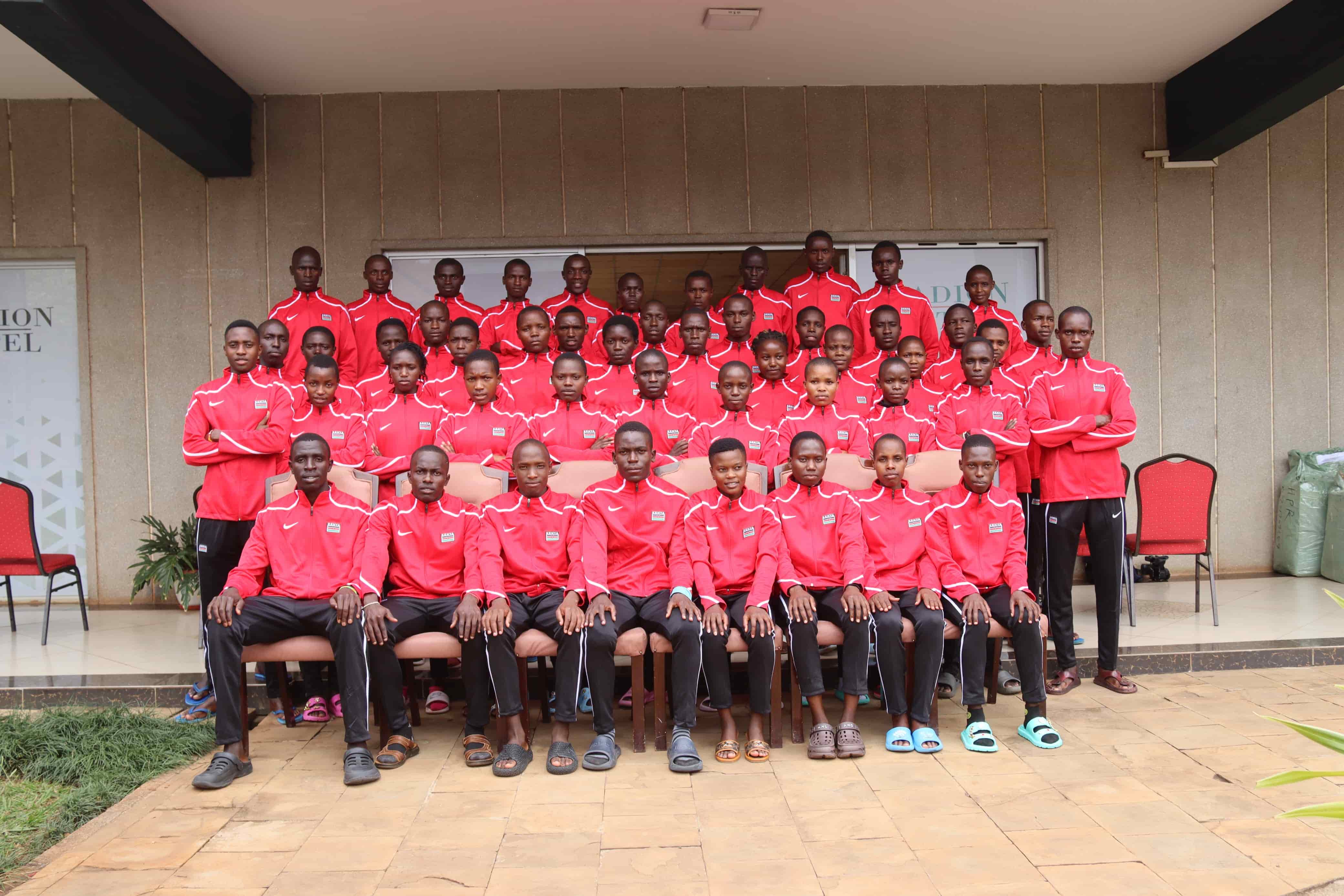War affects girls and boys differently: what we found in our study of children in the DRC
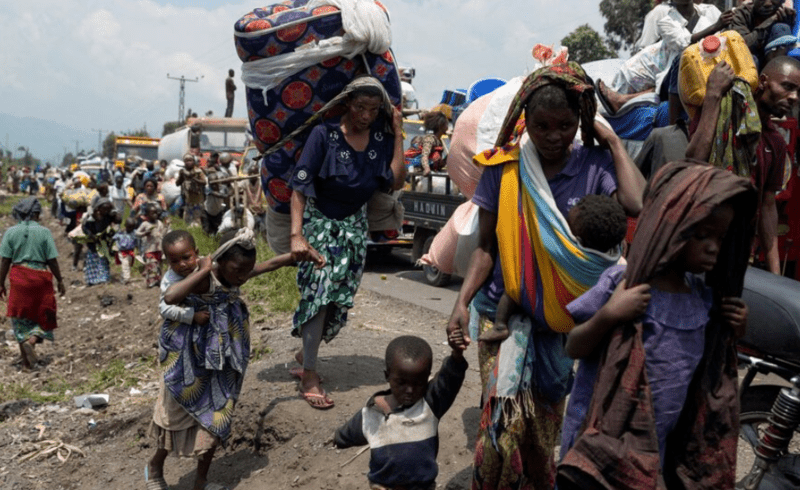
The differences between how boys and girls are affected are important considerations in building appropriate and effective psychosocial support programmes, with tools that address gender-specific needs in conflict or post-conflict situations.
War has become a regular part of life for many children. Millions are victims and witnesses to the horrors of war. Recent estimates by researchers at the Peace Research Institute Oslo show that one in six children globally lives in a conflict zone, and Africa has the highest number of conflict-affected children.
Many children are forced to become child soldiers. In other cases, such as during the 1994 genocide in Rwanda, violence is aimed at children.
More To Read
- Africa’s freshwater ecosystems depend on little creatures like insects and snails: Study maps overlooked species
- Uganda reopens border posts with eastern DR Congo
- M23 rebels accuse DRC of sabotaging peace efforts with military buildup, warns of retaliation
- Rwandan President Kagame reignites controversy over Tshisekedi’s rise to power
- DRC, M23 rebels to hold new round of talks in Doha - AFC official
- Middle East and North Africa conflict leaves over 12 million children displaced or injured – UNICEF
In recent years, researchers from various fields have been studying the impact on children of growing up in war zones. Psychologists, for example, have been researching how conflict affects children’s mental health and behaviour. Economists have examined, among other issues, how growing up in these environments can limit future earning capabilitites. Other scholars have investigated how war shapes the long-term (political) attitudes of these children.
Despite this growing body of research, we – a group of researchers who look into the causes and consequences of armed conflict for children – spotted two key gaps.
First, much of the literature treats children’s experiences as if they were the same across different contexts. Few studies have considered the distinct experiences of girls as soldiers or how these differ from boys’ experiences.
Second, while some research does explore these gender differences, it often focuses only on what happens during the conflict. It doesn’t consider how these experiences affect social relationships when the conflict ends. This is despite scholars and policymakers highlighting that girls’ experiences in war are fundamentally different from those of boys due to their different status and role in society.
To address these gaps, we conducted an exploratory study from 2018 to 2019 on the experiences of boys and girls during conflict in the Democratic Republic of Congo (DRC). We studied how these gendered experiences might have affected their social relationships after the war. We interviewed 315 children aged between 12 and 18, with different levels of exposure to conflict. This included 186 respondents who had been involved in armed groups.
Our recently published analysis revealed, as expected, that many children had witnessed or experienced various conflict-related events during their life-time. Most children reported seeing homes and property destroyed, and many had witnessed people being beaten or tortured by armed forces. Fewer children reported being sexually assaulted or raped or injured by weapons such as gunshots or stabbings, though sadly these were not rare occurrences either.
We found that boys were generally more exposed to conflict than girls. This difference is largely due to boys being more involved with armed groups and more likely to perpetrate violence.
These experiences of conflict can have lasting effects on children’s relationships with their families, friends, teachers and other important social groups. These connections are crucial for a child’s development and wellbeing.
The differences between how boys and girls are affected are important considerations in building appropriate and effective psychosocial support programmes, with tools that address gender-specific needs in conflict or post-conflict situations.
The study
We gathered information from 315 structured interviews with Congolese children. Some of these boys and girls had been actively involved with armed groups in the eastern provinces of the DRC, while others had less direct exposure to the conflict.
Conflict and human rights violations are widespread in the DRC. World Vision has called the decades-long conflict in the country “one of the worst child protection crises in the world”. Further, in a recent UN report on children and armed conflict, 3,377 verified grave violations against children in the DRC were identified. Of these, 46% involved the recruitment of children – some as young as five – by armed forces or groups.
To examine how the armed conflict has affected Congolese boys and girls, we collected data between 2018 and 2019 in the South Kivu province of eastern DRC. We selected our participants with the help and consent of five local child protective organisations.
Our analysis first explored what the boys and girls had experienced during conflict. Then we associated these gendered experiences with differences in social behaviour. We looked at whether there were gender differences in the children’s key relationships with family, friends (and other social groups) and their teachers.
First, we found that war disrupted the family’s ability to provide safety and security, and both children and their caregivers might suffer from the emotional and psychological toll of the conflict. Our study found that girls tended to have a stronger relationship with their family and caretakers compared to boys after conflict. This aligns with previous research suggesting boys may face more challenges in maintaining family relationships. This is particularly the case for those that were active as child soldiers.
Second, our analysis found that boys tended to have more diverse friendship networks than girls, even when comparing former boy soldiers to girl soldiers. Friendships are vital for a child’s wellbeing. Strong and diverse friendships are linked to better mental health, tolerance and understanding.
Lastly, we looked at how gender and war experiences might affect relationships between students and teachers. Armed conflict can have devastating effects on the educational attainment of children. Education, however, supports war-affected children and adolescents in several important ways.
Structured school rules, regulations and activities establish a sense of normality, which is crucial to the healing process and wellbeing of children. Overall, the children interviewed had a very positive view of their schools or training programmes. They felt safe, enjoyed spending time with their classmates and viewed their teachers as helpful and caring. However, girls – especially former girl soldiers – were significantly more likely than boys to report that their teachers were sympathetic and supportive.
Why the findings matter
Our research is one of the first to highlight significant differences in how boys and girls experience war, and how these experiences shape their social relationships.
Addressing the differences in the needs of boys and girls after conflict not only improves their wellbeing, but is also likely to positively affect entire households, post-conflict regions and post-conflict countries. While our study sheds light on these differences, more research is needed to understand them in greater depth and, most importantly, to explain why they occur.
Are these differences the result of psychological trauma, behavioural changes, or specific events that happened before or during the conflict? Moreover, we know very little about the long-term effects of war exposure – do these differences fade over time, or do they persist? And how can communities play a role in helping children to overcome these challenges? Do we also observe these differences in other conflicts at other periods?
Understanding these differences is key for policymakers working to develop effective support programmes. Developing and increasing the availability of gender-responsive approaches can help strengthen the resilience of children after conflict. It may also work to strengthen their agency and resilience before conflict.
Top Stories Today
Reader Comments
Trending
